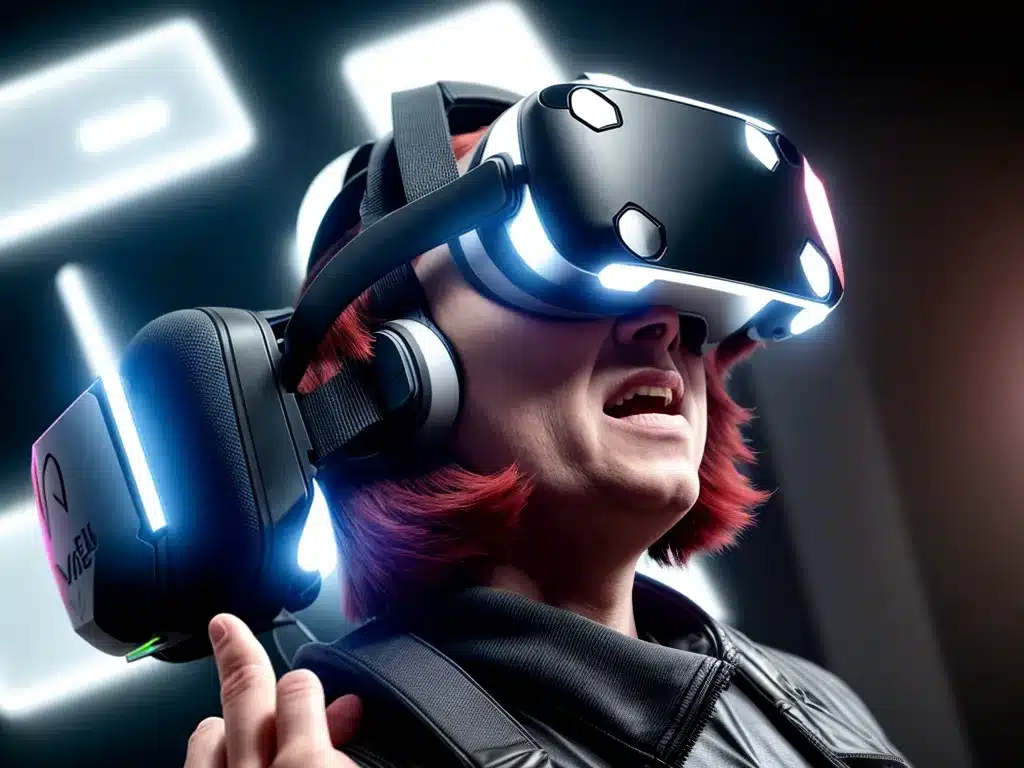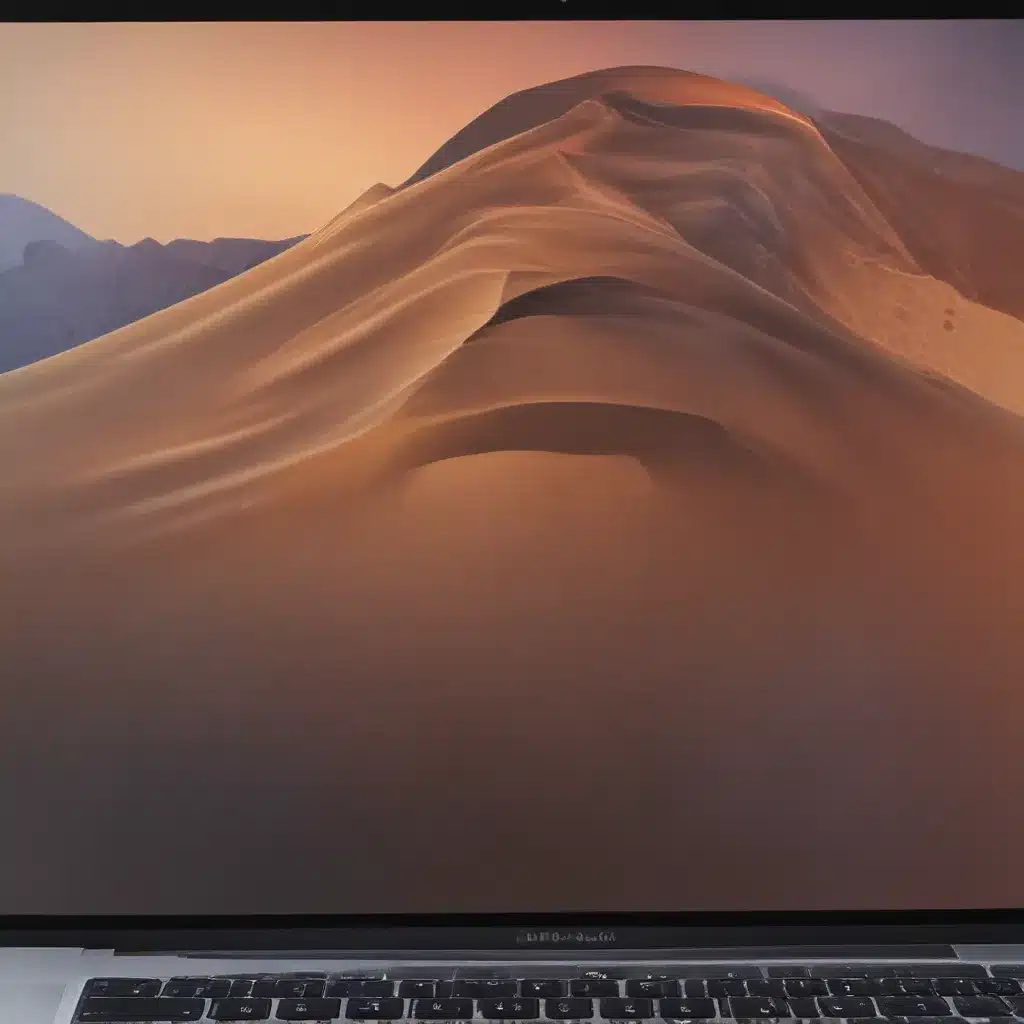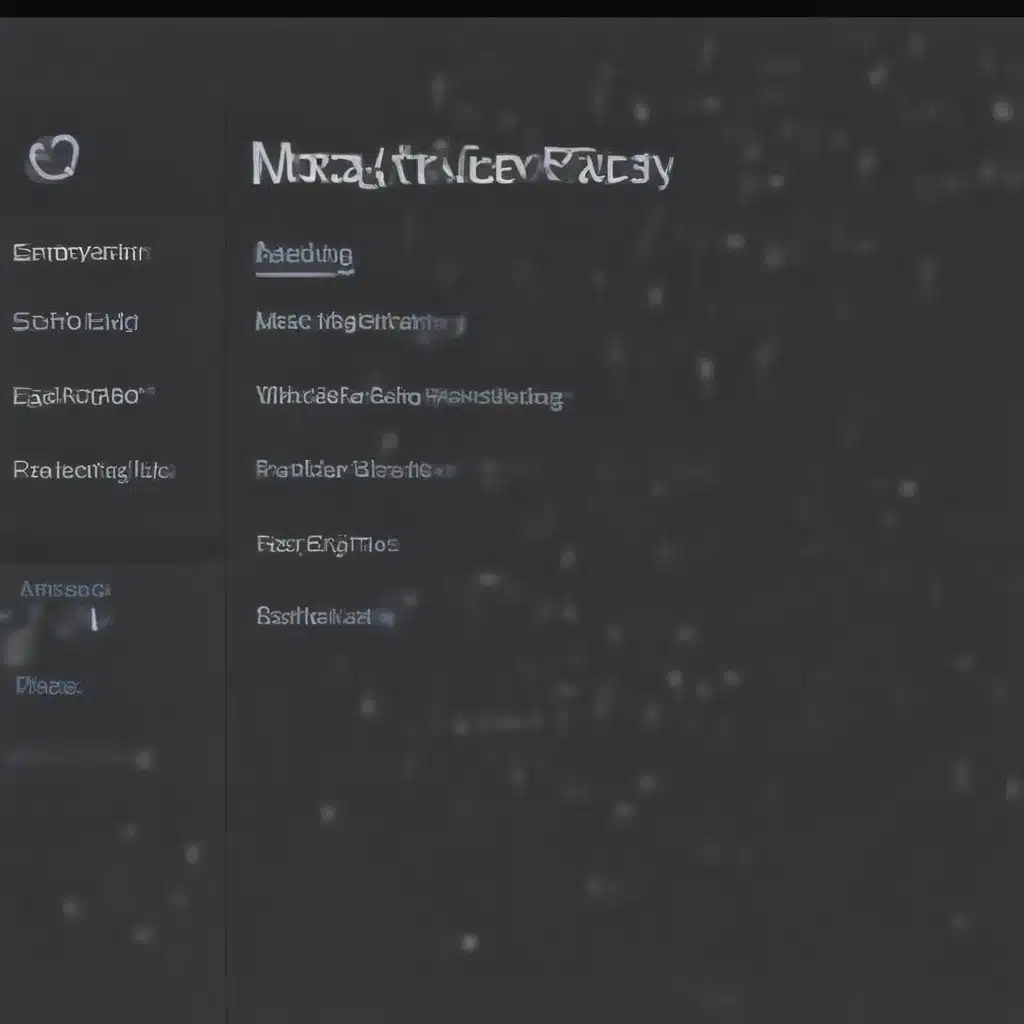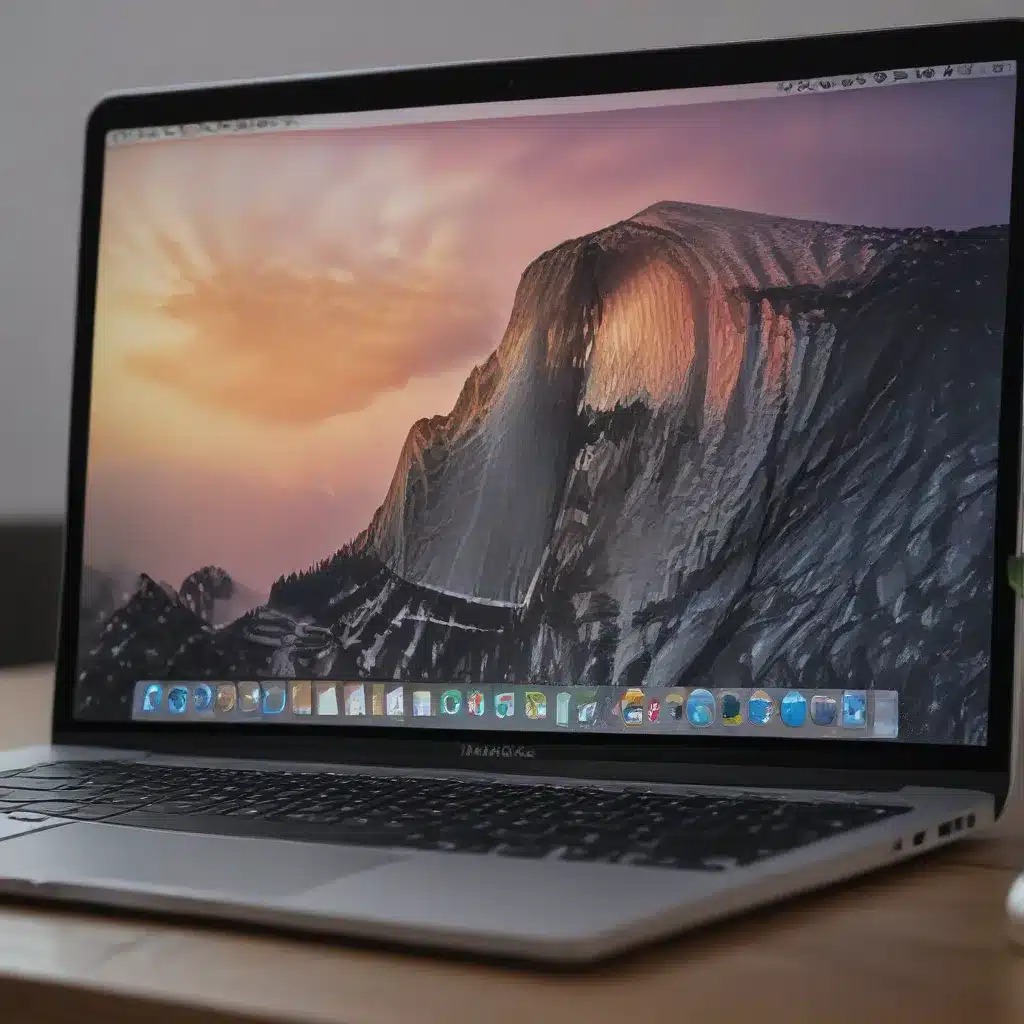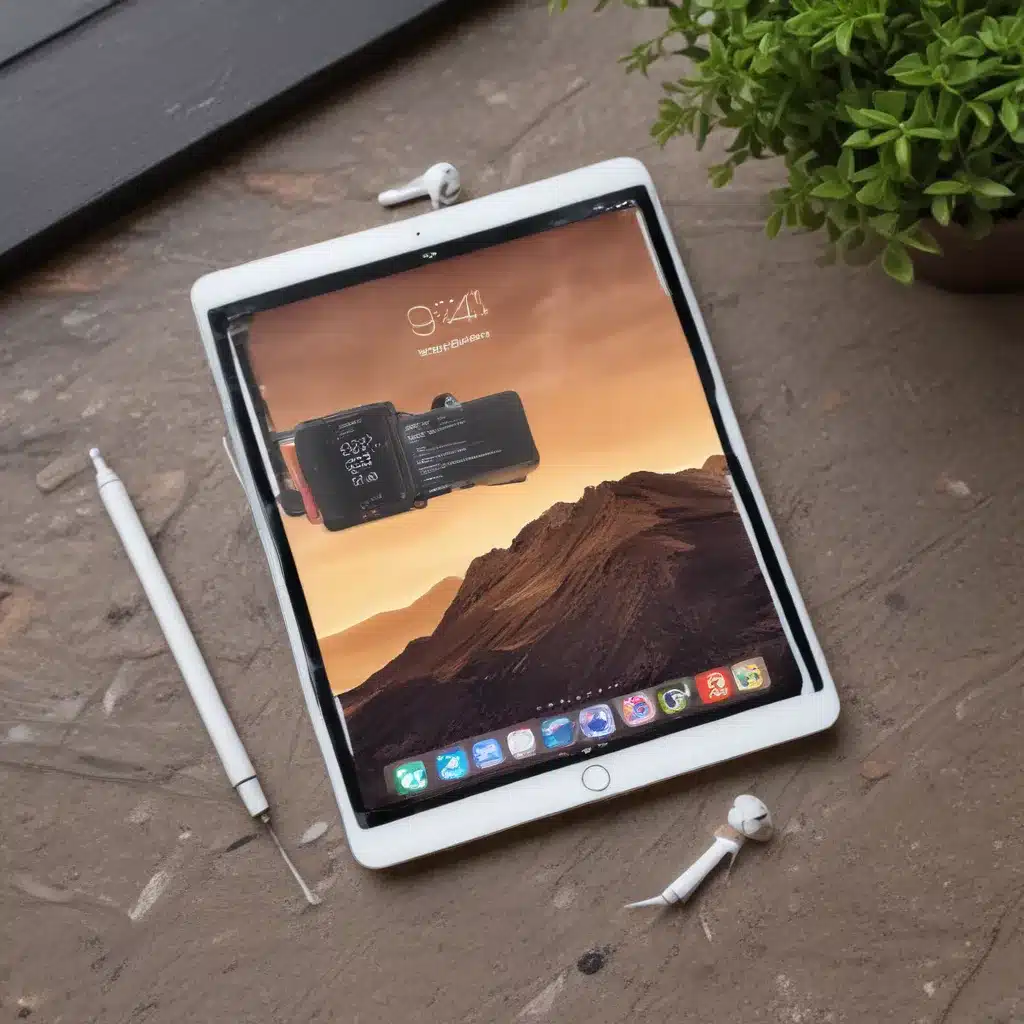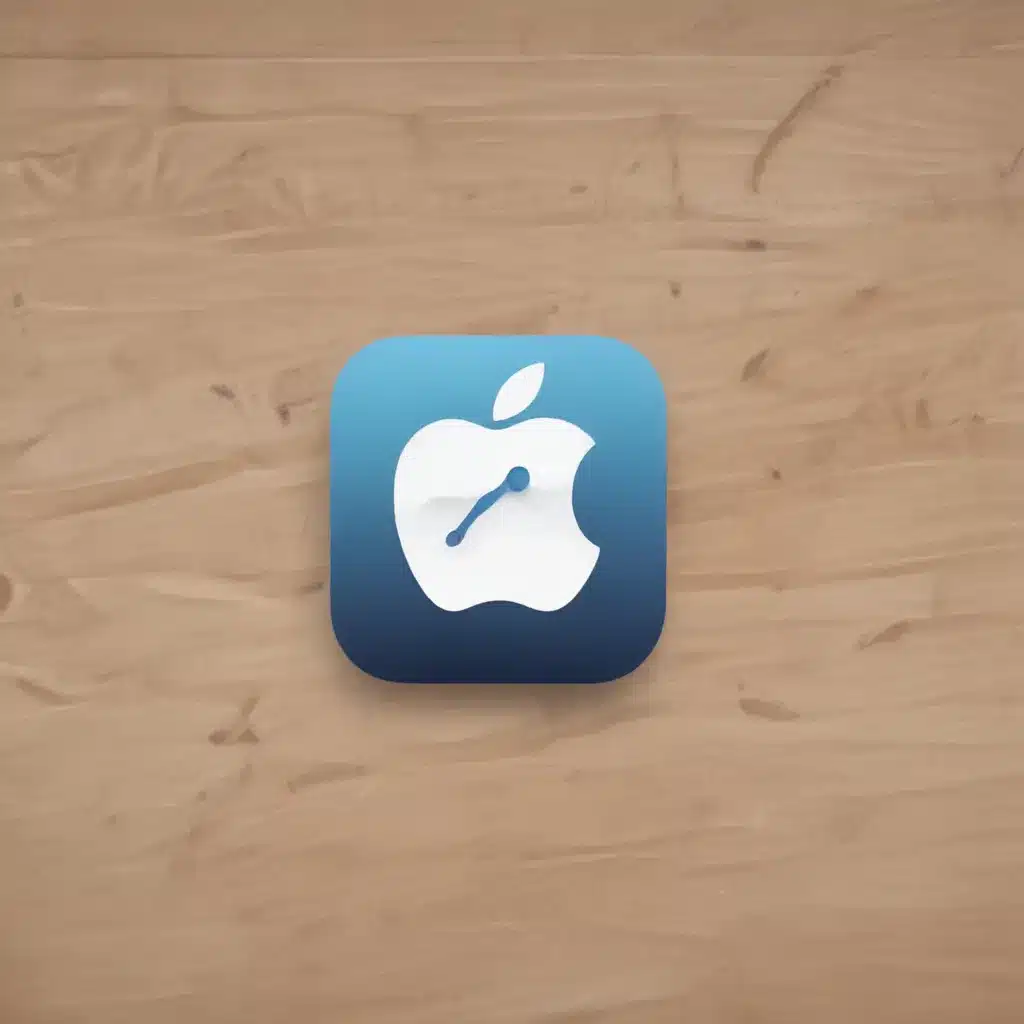Introduction
Virtual reality (VR) headsets are advancing rapidly, providing more immersive and visually impressive experiences with each new generation. Meta (previously known as Facebook) has been a leader in consumer VR, with their Oculus brand headsets setting the pace.
In 2024, Meta is planning to release their next generation VR headset, likely called the Oculus Quest 3. This headset will aim to provide a major leap forward in visual fidelity and graphics capabilities. But what exactly can we expect from the graphics on Meta’s 2024 VR headset?
I’ll examine this topic in depth, looking at key graphics metrics like resolution, field of view, refresh rate, and rendering techniques. Using Metas technology roadmap and industry trends as a guide, I’ll provide an in-depth analysis on the potential graphics capabilities of their 2024 consumer VR headset.
Display Resolution
Display resolution is one of the most basic but important specifications that determines how clear and sharp visuals appear in a VR headset. The current Oculus Quest 2 has a resolution of 1832×1920 pixels per eye.
Higher resolution displays can show more fine details and reduce the “screen door effect” caused by seeing the space between pixels. So what resolution can we expect in the 2024 headset?
Industry experts predict the new headset will have around 3000-4000 pixels per inch resolution per eye. This would be a major jump from current headsets and likely surpass what most people can discern.
For reference, 4K VR displays are around 2000 pixels per inch, while 8K is around 4000. So 3000-4000 would put Meta’s new headset somewhere between 4K and 8K resolution.
Field of View
Field of view (FOV) determines how much of the virtual environment is visible at one time. More FOV gives a greater sense of immersion and realism.
The Oculus Quest 2 has about a 90 degree FOV. Experts believe the 2024 headset will increase this to 120-140 degrees through optics advancements.
A 140 degree FOV would provide a much more enveloping experience and match human visual FOV more closely. This expanded peripheral view eliminates the “looking through goggles” effect of current headsets.
Refresh Rate
Refresh rate determines how many times per second the display updates with new imagery. Higher refresh provides smoother, less jerky visuals, especially during fast motion.
The Quest 2 displays at 72-90 Hz. For their next device, Meta is likely targeting at least 120 Hz, with 144 or 160 Hz possible.
This will help make visuals look more seamless and natural, avoiding motion blur and artifacts during action sequences. It requires major leaps in processing power to drive higher frame rates at high resolution though.
Foveated Rendering
An emerging VR graphics technique called foveated rendering selectively renders different parts of the visual field at different resolutions, based on where the user’s eyes are looking.
The area they are directly looking at is full resolution, while the peripheral areas can be lower resolution, reducing processing demands.
Eye tracking is used to determine foveal focus points. Foveated rendering could enable much higher overall resolution while maintaining high frame rates.
Experts believe Meta’s 2024 headset will leverage foveated rendering to push graphics capabilities forward without needing as much brute force rendering power.
Connectivity and Power
To achieve these graphics capabilities, Meta’s headset will require far more processing power and data bandwidth than current mobile VR headsets.
The headset will likely connect via a wireless 60 Ghz link to a separate power and processing pack, similar to Meta’s in-development Project Cambria headset.
This external pack will contain components like a miniaturized Nvidia RTX 4080-level GPU along with a powerful mobile processor to enable complex graphics rendering. AI super-sampling techniques will further enhance visuals.
Ray Tracing and Real-Time Lighting Effects
With powerful next-gen GPU hardware, Meta’s new headset should be able to support cutting-edge graphics techniques like ray tracing for realistic lighting and reflections.
Ray tracing simulates how light rays interact with virtual objects and surfaces the same way they do in reality. This gives much more lifelike global illumination, shadows, reflections, and other effects.
The headset will also leverage real-time lighting to accurately depict how lighting changes as the user moves through an environment just like in the real world. These advanced effects greatly boost realism.
Photorealistic Avatars and Environments
The combination of high resolution displays, expanded FOV, faster refresh rates, foveated rendering, ray tracing, and real-time lighting points towards the 2024 headset being able to achieve close to photorealistic visuals.
VR environments and avatars should look more detailed, solid and convincing than ever before. We may see VR experiences that come close to matching reality itself in terms of visual quality and immersion.
Conclusion
Meta’s 2024 consumer VR headset is slated to provide a major leap in graphics capabilities and visual realism. I’ve given an in-depth analysis of key technologies like 3-4K resolution per eye, 120-140 degree FOV, 120+ Hz refresh rates, foveated rendering, ray tracing, and real-time lighting that will enable this visual fidelity revolution.
If Meta’s roadmap comes to fruition, their next headset could offer some of the most realistic and immersive consumer VR experiences yet seen – essentially a new graphics benchmark for VR. We’ll have to wait and see, but the future looks promising for high-end virtual reality.

